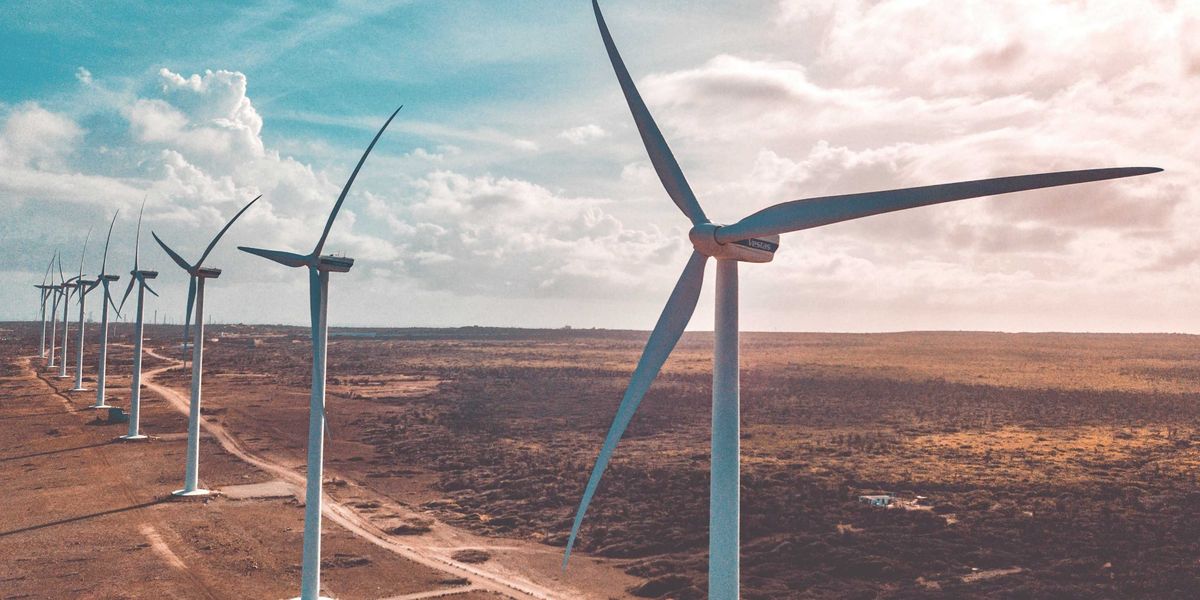
China faces a pivotal choice between coal and clean energy as emissions begin to fall
For the first time, China’s booming wind and solar sectors are reducing the country’s carbon emissions, raising pressure on leaders to choose whether to expand clean energy or continue backing coal.
Jeremy Deaton reports for Yale Environment 360.
In short:
- China’s clean energy growth now exceeds rising electricity demand, causing emissions from the power sector to fall for 15 consecutive months.
- The country continues to permit new coal power plants even as demand for coal energy declines, creating a mismatch between new coal capacity and falling coal use.
- Clean energy industries contributed 10% of China’s GDP and a quarter of its growth last year, complicating efforts to slow their expansion without harming the broader economy.
Key quote:
“You have to either put brakes on coal power plant construction and start closing down older coal power plants, or you have to slow down the clean energy expansion.”
— Lauri Myllyvirta, lead analyst at the Centre for Research on Energy and Clean Air
Why this matters:
China emits more greenhouse gases than any other country and operates about half of the world’s coal-fired power plants. But it’s also the global leader in clean energy, producing most of the world’s solar panels, wind turbines, batteries, and electric vehicles. As renewables now begin to replace — not just supplement — coal, China’s decisions will heavily influence the global trajectory of climate pollution. Yet the transition isn't simple. Coal remains deeply tied to local economies, grid reliability, and industrial policy. Meanwhile, the clean energy sector is emerging as a core engine of economic growth. Whichever China chooses to prioritize will affect everything from global emissions to energy prices, air quality, and public health far beyond its borders.
Related: Shanxi province faces difficult path away from coal as China pushes clean energy













